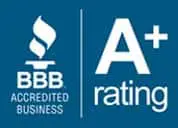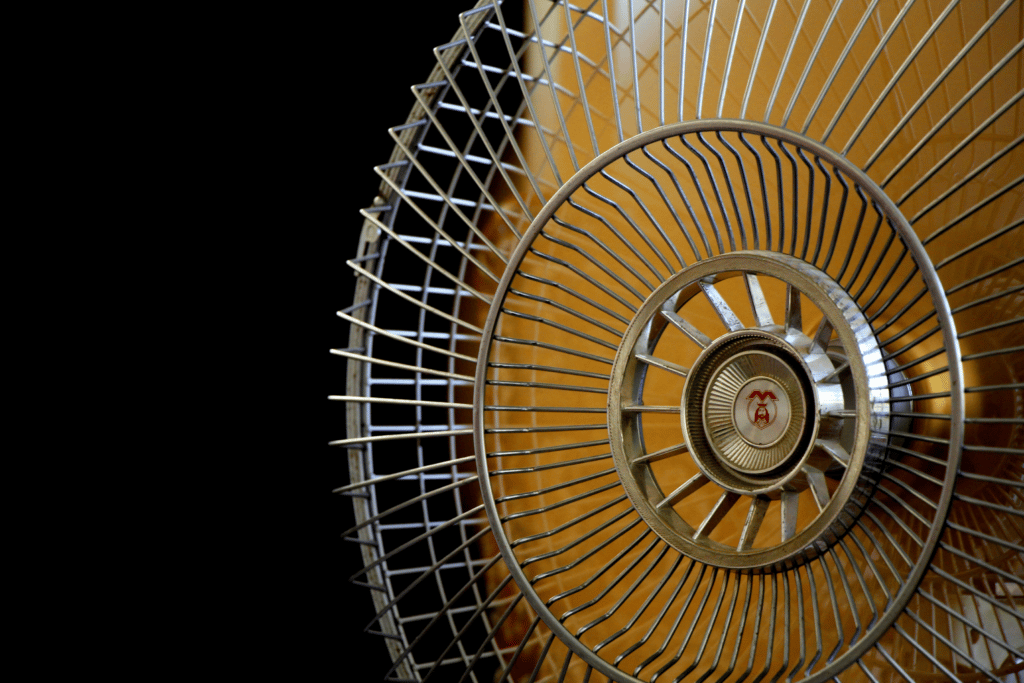
The HVAC (Heating, Ventilation, and Air Conditioning) system in your home is responsible for keeping you cool in the summer and warm in the winter. It includes your air conditioner and your furnace.
Your HVAC is one of the most important systems in your house.
It keeps you cool on hot days, warm on cold days and comfortable every day.
If you’re like most people, you probably don’t think about it too much — until it stops working in the middle of a temperature spike or drop.
That’s when you realize how important it is to have a reliable HVAC system that works when you need it to work.
The type of heating and cooling system used in your home can vary depending on what part of the country you live in and even what part of town you live in.
Some homes use forced air systems while others use radiant heaters or even geothermal heating systems.
In some parts of the United States, the climate is so mild that air conditioning isn’t even a staple in every home.

In others, it’s unlikely that you’ll ever find a furnace that could survive through a serious snow storm.
In Utah, with hot summers and chilly winters, both air conditioning and heating through a furnace are usually status quo in any given home, so that your comfort throughout the year is protected by that system.

Utah homes that find themselves higher in the mountains might invest more time and energy into their heating, while those baking in the warmer areas of the state might value air conditioning to a higher degree (pun intended).

But how exactly does it work?
What Does Heating and Cooling Mean?
Some Definitions

Heating and cooling is the process of keeping your home at a comfortable temperature.
This can be done by either heating or cooling the air inside your house.
The most popular method of heating and cooling is through a natural gas furnace and an air conditioner.
How Does a Furnace Work?
A Hot Topic

A furnace uses a heat exchanger to transfer heat from one area to another.
In other words, it takes heat from inside your house, warms up its coils with gas or electricity, then sends that warm air through ductwork throughout your home.
Types of Furnaces

Furnaces are an important component of your home’s HVAC system.
They’re responsible for heating your home and central air conditioning it, and they can be either gas or electric.
Furnaces come in several different types, including:
Gas Furnaces
Gas furnaces burn natural gas or propane to heat the air in your home.
They’re a popular choice because they’re affordable, efficient and easy to install.
Oil Furnaces
Oil furnaces use liquid fuel oil as their main energy source.
These furnaces are typically more expensive than other options, but they’re also more durable and reliable.
Electric Furnaces
Electric furnaces use electricity to heat your home’s air.
They produce less waste heat than other types of furnace, making them an ideal choice for homes with limited insulation or ventilation issues that could cause overheating problems.
Heat Pump
This is the most common type of furnace, and it provides both heating and cooling. A heat pump transfers heat from one place to another. In winter, it pulls heat out of the air inside your house and sends it outside.
In summer, a heat pump works in reverse to keep your home cool by transferring heat from your home to the outside air.
It’s more expensive to buy than other types of furnaces, but you can save on energy bills over time because it uses less electricity than air conditioners do.
Radiant Panel Heaters
Radiant panel heaters resemble wall panels and are commonly used in bathrooms, kitchens and other small spaces where floor space may be limited.
These units do not have fans, so they operate more quietly than other types of heaters do, making them ideal for smaller rooms such as bathrooms or kitchens where you want to keep noise at a minimum level.
How Does an Air Conditioner Work?
Cool as a Cucumber

An air conditioner works similarly, except it transfers heat from outside your home into the air inside your house instead of vice versa like a furnace does.
It also uses a heat exchanger to do this, which is comprised of coils that are cooled with refrigerant gas (like Freon) before being sent through the ductwork in your home.
Types of Air Conditioners

Central Air Conditioner
Central air conditioning is the most common type of cooling system installed in homes.
This type of system consists of an outdoor condenser unit and an indoor air handler or blower that pumps cool air throughout the house using gravity or a fan-powered duct system.
The compressor inside the outdoor condenser unit pumps refrigerant through coils to cool it down before it goes indoors through copper piping and returns to the outdoor condenser unit once again.
Window Air Conditioner
Window units are another popular option for cooling your home during hot summer months.
You can use them as supplemental cooling or as primary cooling systems in smaller homes where central air isn’t practical or cost effective due to space or budget requirements.
Ductless Mini Split Systems
Ductless mini split systems use refrigerant-based refrigeration to cool and heat your home efficiently without ductwork connecting the indoor and outdoor units together like traditional central air conditioning systems do.
When you think about the temperature in your home or office building, you probably think about how hot or cold it feels at first glance.
But there are many factors that affect temperature in any space — especially those that have a lot of people moving through them every day.
You may not realize it, but heating and cooling systems actually do more than just keep us comfortable: they also protect us from hazardous materials like mold spores that can build up in our homes if we don’t have proper ventilation systems in place.
How Your Air Conditioner and Furnace are Connected
Not quite twins, but pretty inescapably intertwined.

Your HVAC is a crucial part of your home, but most people don’t know how it works.
Most people don’t even know that your furnace and air conditioning can be connected!
So we’re going to go over 7 ways that your air conditioning and furnace are connected through your HVAC system.
This will give you a groundwork to understand one of the most important systems maintaining your home.
Ductwork

The most obvious way your furnace and AC are connected is that they both use the ductwork of your home’s heating, ventilation, and air conditioning system (HVAC) to distribute the temperature controlled air throughout your home.
Central air conditioning systems typically rely on a heat pump to move coolant through coils within the system.
This coolant absorbs heat from the air and then transfers it back into your home through those same cooling coils.
This process works in reverse during the summer when temperatures rise above 70 degrees Fahrenheit.
The same process is used to remove excess heat from inside your home. The only difference is that instead of transferring cold into your home, they’re removing warm air from inside.
This process with your air conditioning and furnace saves you money in the long run.
Prepare Air
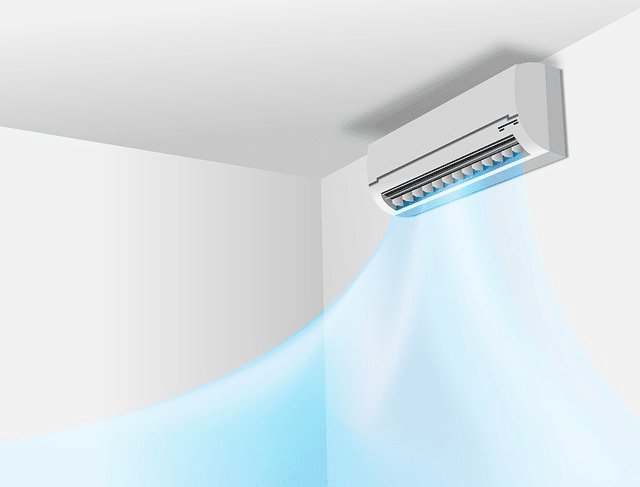
Your furnace prepares the air for your AC by heating it in the winter. Your AC prepares the air for your furnace by cooling it in the summer.
Good air quality is a must for good health.
Your HVAC system plays a vital role in keeping your home’s air quality at its best.
Heating and air conditioning prepare air for each other.
Air conditioning removes humidity from the air, which makes it easier for heaters to warm up that same air. Similarly, heaters help remove moisture from indoor air before it’s cooled by an air conditioner.
This process is called dehumidification or “air drying.” It allows your HVAC system to do its job more efficiently by removing unwanted water vapor from the indoor environment.
Air Quality and Your HVAC System
When you turn on an appliance like a humidifier or dehumidifier, you’re essentially making changes to the environment within your home, which can impact how well your HVAC system operates and how much energy it uses.
Some appliances actually require more energy from your HVAC system than others — think about how much energy it takes to run an operating room compared with a bedroom.
The same applies here at home: If you run too many appliances at once, they’ll use up more of your HVAC system’s capacity, causing it to work harder and use more energy than necessary.
The difference between a good system and a bad one is how much energy they use to perform their tasks.
A poorly designed system will use more energy than necessary, while a well-designed system uses less.
A poorly designed HVAC can cost you hundreds of dollars per year in extra energy costs, while a well-designed HVAC could save you hundreds of dollars per year in reduced energy costs.
If you’re looking for an HVAC replacement company in your area, start by asking friends and family for recommendations.
You can also search online for local heating and air conditioning companies that have great reviews from past customers.
Refrigerant

The refrigerant from your air conditioner flows through pipes that may also be used to heat water for radiant flooring or hydronic baseboard heaters.
If you have an older system (one that was built before 1993), the air conditioning and heating systems are probably separate.
This is because the older version of refrigerant in your air conditioner was phased out beginning in 1993 due to its ozone depletion potential (ODP).
The newer refrigerant that replaced it is not harmful to the environment, but the old pipes don’t work with this updated refrigerant.
So if you want to replace your old system with an updated one, there’s a good chance you’ll need new ductwork as well.
That can quickly get complicated, so make sure you’ve got a repair company selected to help you with the process of replacing your pipes.
Newer systems use a single line for both heating and cooling, so if you want to upgrade, you’ll need new pipes or tubing for each part of your home’s HVAC system — including any radiant heating system.
Fans
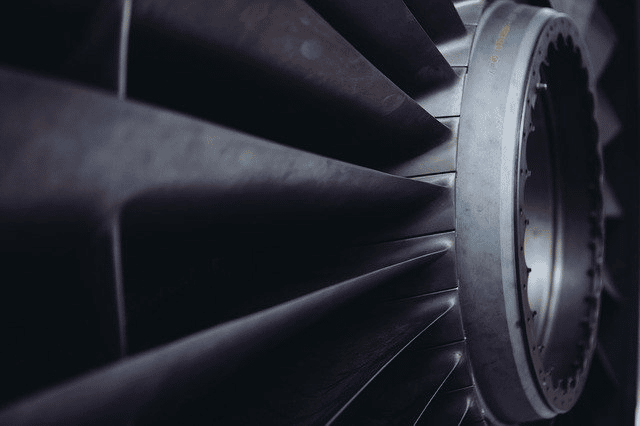
Both of these systems use fans to move air around your home. But you can only have one fan running at a time—either for heating or cooling, not both at once.
The reason you can only have one system’s fan running at a time in your house is simple: each system is designed to take humidity out of the air, either through evaporation or convection (which moves warm air away from people).
They do this by blowing cold air over coils or other surfaces that are cooled by refrigerant flowing through them.
So when you turn on the heater and begin warming up the house, you’re actually heating up the air inside your HVAC system. That makes it harder for it to remove additional heat from inside your home.
In fact, if your indoor temperature gets too high, some heaters stop working altogether because they don’t get enough cold air from outside to cool their coils!
So, to keep everything working properly, your systems operate one at a time.
That’s why it’s best to choose to keep your air conditioning OR furnace running in your home, not both at once—especially if you need both in quick succession.
The same goes for using your air conditioner during winter months or vice versa.
Electricity
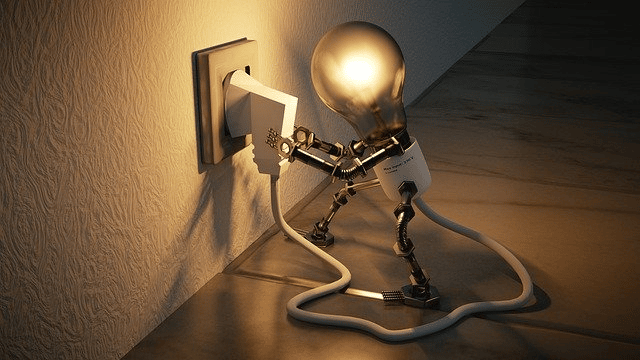
Since your HVAC system runs on electricity, both your heating and air can add to your electrical bill if there’s an issue.
And some of the tips and tricks that you might think improve your HVAC system’s efficiency are actually harmful to the system itself.
In the summer, you might be tempted to put your air conditioning unit on a timer. While this could save you some money, it’s not recommended.
While you might think that you’re saving money by turning off your AC at night and turning it back on in the morning, this actually puts undue stress on your system.
If you have a central air conditioner, it’s best to leave it running 24 hours a day during the summer.
If you need to turn off your thermostat during the day or overnight, consider using an energy-efficient model that has a programmable timer so that it can turn itself back on when needed.
You can also purchase a separate timer for your thermostat and set that to turn on and off as needed.
Air Filters

A filter cleans the air as it’s circulated throughout your home by both systems – so make sure you regularly replace this filter!
Air filters are an essential part of your furnace or air conditioning system.
They clean the air as it’s circulated throughout your home by both air conditioning and heating systems.
If you have allergies or asthma, you’re probably already familiar with the importance of keeping your air filter clean.
A dirty filter can make breathing difficult, even for people who don’t have breathing problems.
Air filters should be replaced at least once a year, but they may need to be changed more often if:
You have pets or small children who play inside the house all day
If you own cats or dogs (or other furry friends), then chances are good that they shed quite a bit.
And if you have kids, then there’s also a good chance that they do as well!
As this fur and dander build up inside your vents, they can cause problems down the road — especially if you don’t clean the mess up regularly.
This is why it’s important to check your HVAC filters if you have pets or small children who play inside the house all day; chances are good that there will be enough pet hair inside your vents to clog them up over time.
You smoke in the house
If you smoke in the house, your HVAC system is going to suffer from it.
Cigarette smoke contains tar, nicotine and other chemicals that can build up on the inside of your air filters and reduce their effectiveness.
In fact, some cigarette smokers have reported that their HVAC systems stopped working after several months of smoking inside.
If you smoke in the house, make sure you check your HVAC filters frequently so that you can clean them when they get dirty. If they’re too dirty, they won’t work properly and will need to be replaced more often than necessary.
You should also keep an eye on your air conditioner’s electrical connections. If they’re not tight enough, they could cause sparks and fires — not something you want when there are so many flammable materials around!
Dusty construction is going on nearby
If you’re experiencing dusty construction in your neighborhood, there are a few things you can do to protect yourself and your house.
THE FIRST THING IS TO CHECK YOUR HVAC FILTERS.
If they’re dirty or clogged, they won’t be able to filter out all of the dust and debris in the air. You should also be sure that any vents are closed off to prevent dust from getting inside of your home.
NEXT, MAKE SURE THAT EVERYONE IN YOUR FAMILY IS WEARING PROTECTIVE GOGGLES OR GLASSES WHENEVER THEY GO OUTSIDE.
This will help reduce the amount of dust that gets into their eyes and lungs when they breathe in the air around them.
IF YOU HAVE SMALL CHILDREN, MAKE SURE THAT THEY WASH THEIR HANDS OFTEN AND AVOID PLAYING OUTSIDE FOR LONG PERIODS OF TIME.
That way, they don’t ingest as much dust from their hands or mouths as possible.
FINALLY, MAKE SURE THAT EVERYONE STAYS INDOORS AS MUCH AS POSSIBLE DURING CONSTRUCTION HOURS.
You don’t want your family to breathe in too much dust while they’re outside working on their home or property.
Your system has been turned off for an extended period, such as during winter months when you don’t need heat
A dirty furnace filter can reduce airflow by as much as 50 percent and cause your system to work harder than it should.
And if the pleated filters behind each air handler become clogged with dust particles, they may not be able to keep dust from entering your home’s ductwork and circulating through it again after it has been cleaned.
If you’re not sure whether your air filter needs to be replaced, here are some signs that it’s time for a new one:
YOUR FURNACE TAKES LONGER THAN USUAL TO HEAT UP YOUR HOME WHEN YOU TURN IT ON.
If the heating system doesn’t kick in right away, it could mean that your filter is clogged with dust and debris.
This could also be caused by an inefficient furnace motor or dirty vents.
THERE ARE VISIBLE STAINS ON THE WALLS OR CEILING OF YOUR HOME.
These stains indicate that dust particles are being sucked into your home through cracks and crevices in the structure.
A clogged air filter isn’t enough to cause this problem — there must also be cracks or holes where dust can enter.
You need a professional to service both!

If you have an air conditioner or heating system installed in your home, you can expect to use it for at least 15 years.
However, if you are not careful with the maintenance of your AC and heating systems, they can break down faster than you expect.
When that happens, you will need to hire a professional repairman to fix them.
The first step to getting your air conditioner and heating system fixed is to contact a professional.
You shouldn’t attempt to repair it yourself because it can cause damage to your home and result in higher utility bills.
A trained technician will be able to locate the problem quickly, diagnose the issue, and fix it so that your system works efficiently again.
Here are some tips on how to choose an HVAC contractor:
Look for someone who has been in business for at least five years and preferably longer.
Look at their website and see if they have any testimonials or reviews from past customers.
You can also ask for references if you like. Most businesses will be willing to show you that they provide excellent services for their customers.
They should have all the proper licenses and insurance coverage, as well as workers’ compensation insurance coverage for their employees.
You should be able to trust them with your home’s heating and cooling system because it’s an expensive investment that needs to last many years without incident or issue.
Check out their website for any complaints or reviews from past customers before hiring them.
Asking friends and family is often the best way to find a good contractor.
They can provide you with an honest assessment of the company’s quality of workmanship and customer service.
Once you’ve found several reputable contractors in your area, ask them questions about their qualifications before hiring them for the job.
Ask about their experience working on various types of equipment and whether they have ever encountered similar problems with other houses like yours.
Find out how long they have been in business as well as how many years they have been servicing customers in your area.
Also ask them what type of warranties they offer on their services so that if anything happens while they are working on your house, they will take care of it.
Both a furnace and an air conditioner are both important to your home comfort during the summer and winter months.
All Utah Plumbing, Heating, and Air services and repairs both furnaces and air conditioning.
While Utah is heating up, this is no time to avoid taking care of your furnace as well as servicing your air conditioner.
But understanding how the two work together, you can appreciate how important it is to maintain your furnace and air conditioner both, even during a time when your furnace might be the last thing on your mind.
So give us a call and have your HVAC checked out today.



